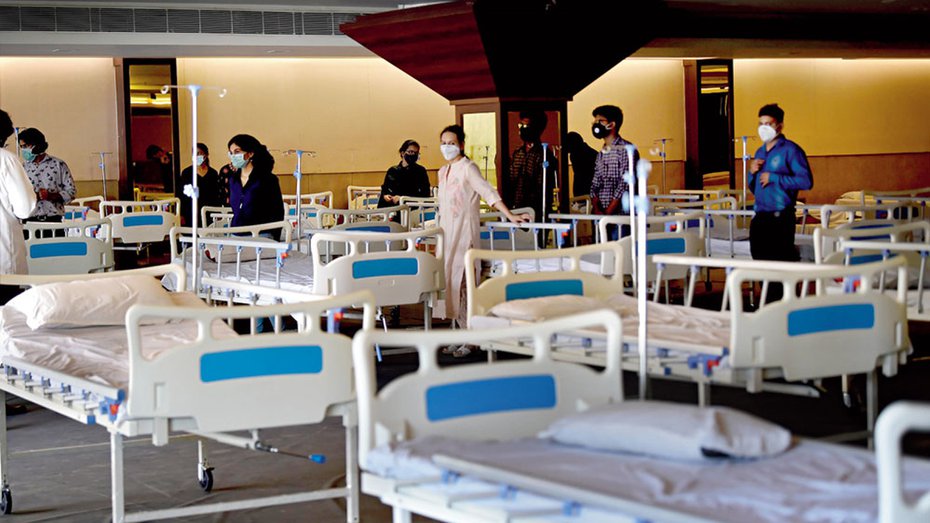A human rights activist who has for over two months struggled to coax the Union health ministry to make public a consolidated district-wise list of Covid-19 hospitals has now received a list of websites of 36 states and Union Territories.
Two weeks after the Central Information Commission endorsed the activist’s demand and directed the health ministry to “compile, collate and consolidate” information on Covid-19 hospitals, the ministry has sent him state website addresses with lists of hospitals.
“This is not what we’d sought — this is poor compliance of the CIC order,” said Venkatesh Nayak, coordinator of the Access to Information Programme at the Commonwealth Human Rights Initiative, New Delhi, who had sought a district-wise list of hospitals through a Right to Information application.
“The CIC did not call for a compilation of weblinks,” Nayak said. “Different states have posted information about Covid-19 hospitals in different ways — some even have contact numbers of medical officers to be contacted while others don’t list all designated Covid-19 hospitals.”
Nayak had filed the RTI application in April after learning about anecdotal accounts of Covid-19 patients turned away from non-Covid hospitals and patients with other health disorders turned away from Covid-19 hospitals, pointing to confusion among people in the absence of clarity.
“A consolidated district-wise list could provide people information in a uniform manner,” he said.
The ministry through media releases has announced dedicated Covid-19 hospitals. On May 13, the ministry said, India had 900 dedicated Covid-19 hospitals with 160,610 isolation beds, 19,272 intensive care unit beds and 2,040 Covid-19 health centres with 119,340 isolation beds and 10,349 ICU beds. It did not mention the number of oxygen-supported beds.
By June 9, the ministry said, the inventories had increased to 958 dedicated Covid-19 hospitals with 167,883 isolation beds, 21,614 ICU beds and 73,469 oxygen-supported beds, and 2,313 Covid-19 health centres with 133,037 isolation beds, 10,748 ICU beds and 46,635 oxygen-supported beds.
“With such aggregated or total figures, the ministry must have for sure the break-ups — the locations of these hospitals and beds. But it has so far refused to make that public through a consolidated list,” Nayak said. “We cannot explain why — is it too much work?”











